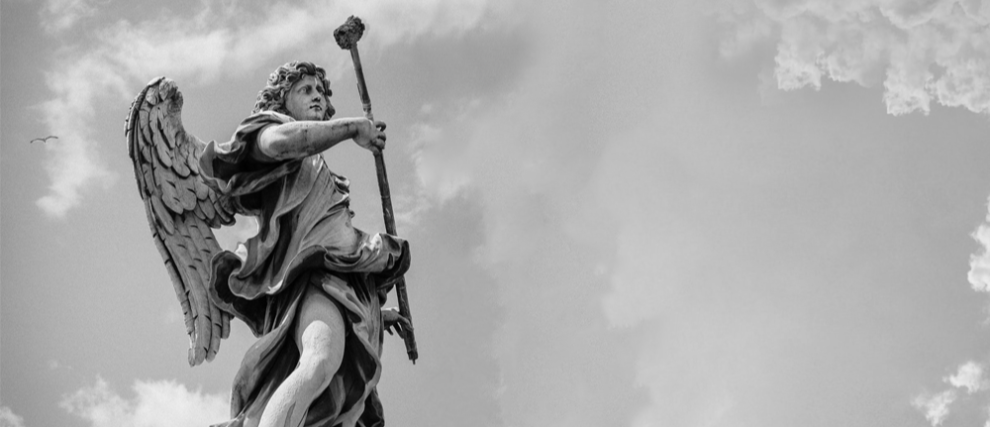The Old Testament
The Old Testament corresponds to the first part of the Christian Bible. It precedes and announces the New Testament. It is the tale of the creation of the world and humanity: it narrates the founding events featuring many figures known to all main monotheistic religions, such as Noah, Moses, Abraham…
But what is the difference between the Old and the New Testament? Which books are included in the Old Testament? Discover the richness of these biblical books, unveiling the Word of God.
What is the Old Testament?
The Old Testament represents the Old Covenant between God and men (for Christians), whereas the birth of Jesus symbolizes the beginning of the New Covenant. The Old Testament is about God, the Creator, the Liberator. The New Testament tells us about God the Father and Savior, made flesh in the form of His Son.
If both the New and Old Testaments reveal the Word of God, and were written under the influence of the Holy Spirit, the texts of the Old Testament are harder to understand and decipher than the Gospels and the Epistles, since they are more ancient. The texts of the Old Testament take different literary forms, and they all come from different cultural contexts. The birth and evolution of the people of God and their (sometimes chaotic) relationship with Him are unveiled through various mythical, poetic, prophetic and historic stories.
The Books of the Old Testament
The books of the Old Testament were written at different times of Antiquity, mainly in Hebrew, although some books were written in Greek or Aramaic. The Old Testament is organized and defined around various canons, such as the Septuagint or the Hebrew Bible.
Here are some of the other canonical books:
- the five books of the Pentateuch (or the five books of Moses, the Written Torah): it includes Genesis, the Exodus, the Leviticus, the Book of Numbers and the Deuteronomy.
- The ‘History Books’, such as the Book of Ruth, the Book of Esther, the Books of Samuel, etc.
- The Books of Wisdom, composed of the Psalms, the Book of Proverbs, the Book of Job, the Song of Songs, the the Ecclesiastes
- The Prophetic Books (Ezekiel, Eli, Isaiah, Jeremiah, Zechariah, Daniel, etc.)
Biblical Figures of the Old Testament
Many biblical figures are deeply rooted in our cultures and religious practices:
- Adam and Eve remind us that God wanted and created humans in the Story of Creation
- Moses, who led the Hebrews out of Egypt and presented the 10 commandments.
- Abraham, the “father of many nations”
- King David, of whom Jesus Christ descended from.
We discover the old weaknesses, fears and suffering of mankind in these many stories, and we understand that they have been the source of human misfortune since the beginning of time. Envy and jealousy are the central themes of the story of Cain and Abel, or Joseph the dreamer, who was sold into slavery by his brothers. Pride is an important theme of the Tower of Babel narrative.
The Old Testament uncovers a facet of God, who helps and protects all those who pray to Him and respect His law (Daniel in the lion’s den, David versus Goliath, Noah’s Ark) and inspires wisdom and strength to those who fear and invoke Him (the Judgement of King Solomon).
The Old Testament is also the story of many women who inspired, influenced and marked the history of the people of God, such as Rebecca, Rachel, Leah, Zipporah, or Deborah.

